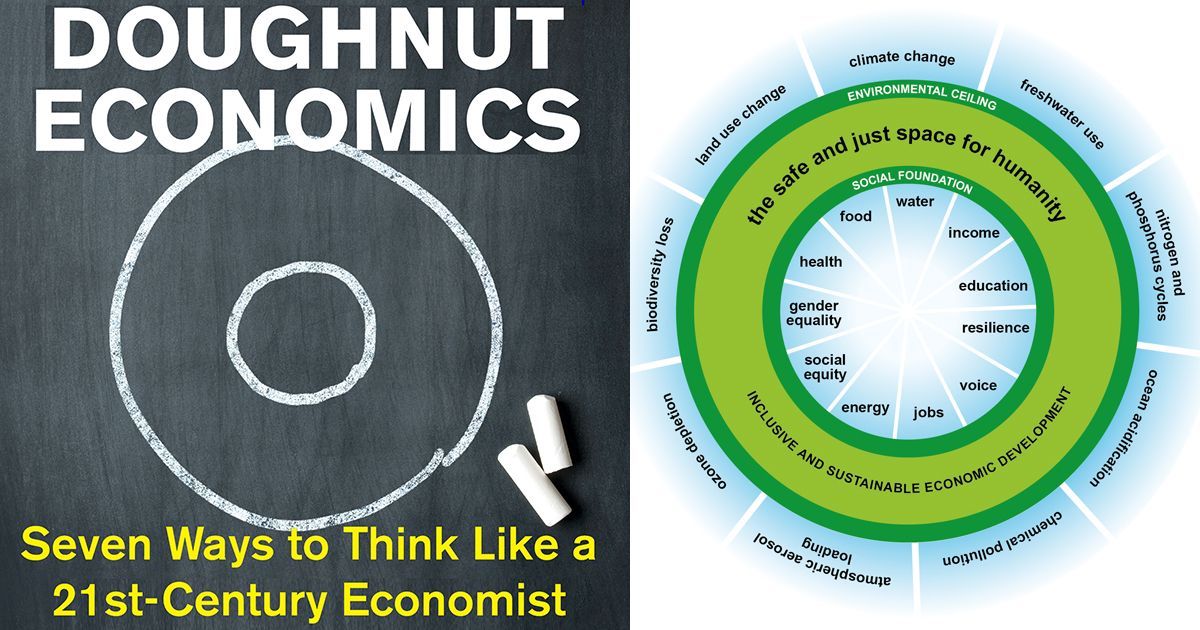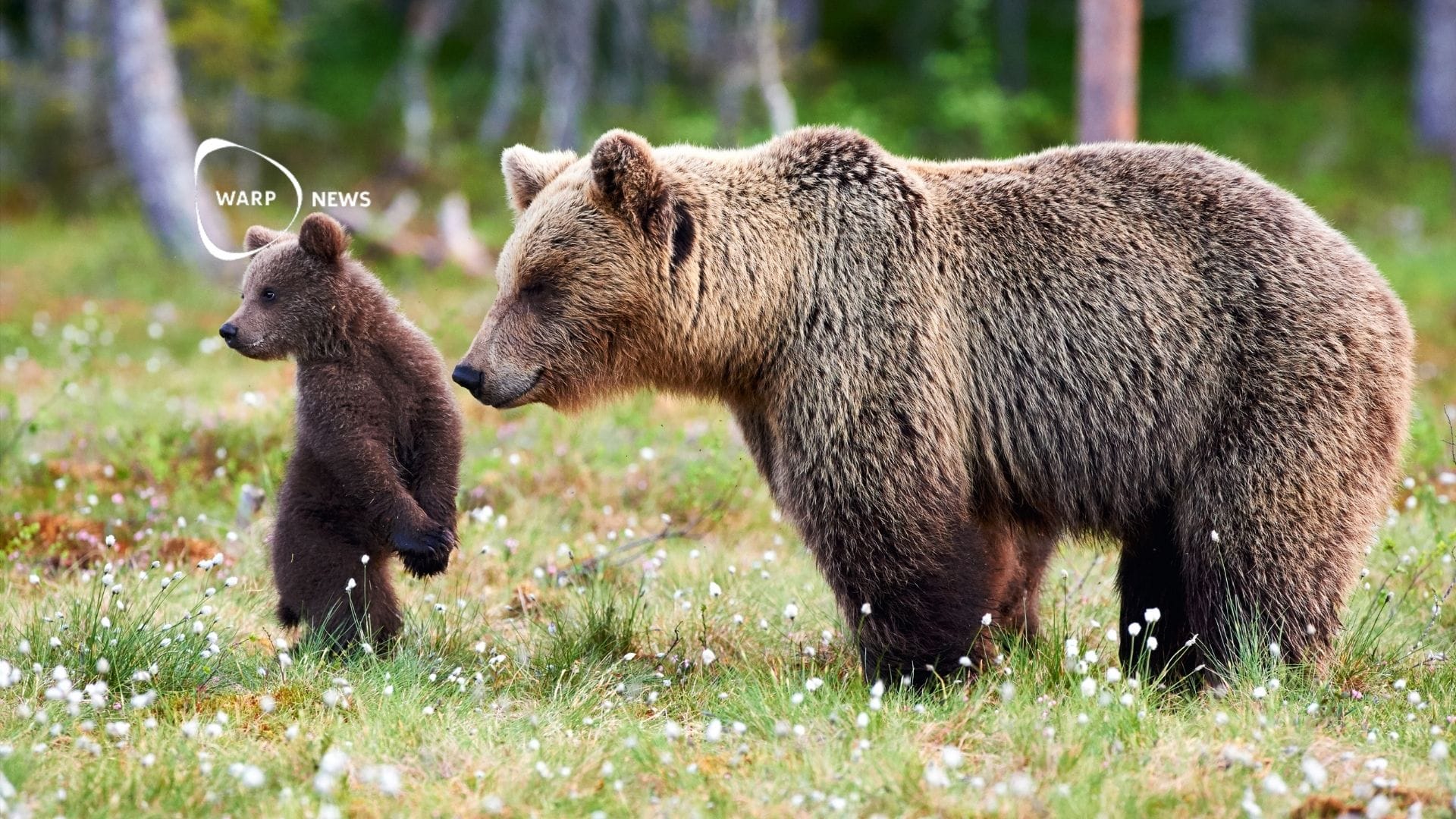
🍩 Is the world ready for doughnut economics?
In a reconstruction after the corona crisis, there are good opportunities to do things in new ways. Can the time be ripe for the doughnut?
Share this story!
Oxford economist Kate Raworth marveled at the dusty and static models and graphs that economics students are forced to learn. How could economics from the 17th and 19th centuries be applied to the current situation? What worldview do economists bring to working life?
She decided to create a new model that better reflected the role of the economy as it should be. The philosophy and the book Doughnut Economics came in 2017 and have attracted a lot of attention.

Basically, the illustration is very simple: the doughnut's outer boundary is the planetary boundaries, that is, our planet's ceiling for climate change, ozone depletion, lack of biodiversity, chemical emissions, ocean acidification, and so on.
The inner circle represents the social foundation, which we must fulfill in order to live a safe and just life: housing, food, water, gender equality, education, energy, justice, and so on.
It is between these two circles - within the doughnut - that we must ensure that all people are present, and it is the task of the economy to ensure that this happens.
According to Kate Raworth, this means, among other things, switching from a degenerative to a regenerative economy, where all resources are part of a circular cycle. Waste turns into fuel, which turns into energy, raw materials and food, and back into waste. She is, to say the least, critical of GDP and constant growth as the only signs of progress.
Here's how to summarize it:
We have had an economy that is constantly growing, no matter how well it suits people. Now we need an economy that suits people, whether it grows or not.
It may sound obvious, but the approach has only now begun to make its way into the economics books. Economics students still learn about the perfectly rational "homo economicus", about the market's "invisible hand" and about razor-sharp graphs of supply and demand that perfectly interact until the market conjures up a perfect price level.
In reality, it is not that simple. And the unpaid work with children and homes - which is the basis for the rest of the economy to work - is conveniently obliterated from the theories of the great male thinkers. As well as consideration for climate change, environmental degradation and ecosystems.
Now in times of crisis, doughnut economics has been rediscovered, and among other things, the World Economic Forum highlights the model as highly interesting in a potentially green transition. In Amsterdam, a concrete plan has been presented to launch a doughnut inspired new start after the pandemic released its toughest grip on the economy.
By becoming a premium supporter, you help in the creation and sharing of fact-based optimistic news all over the world.


